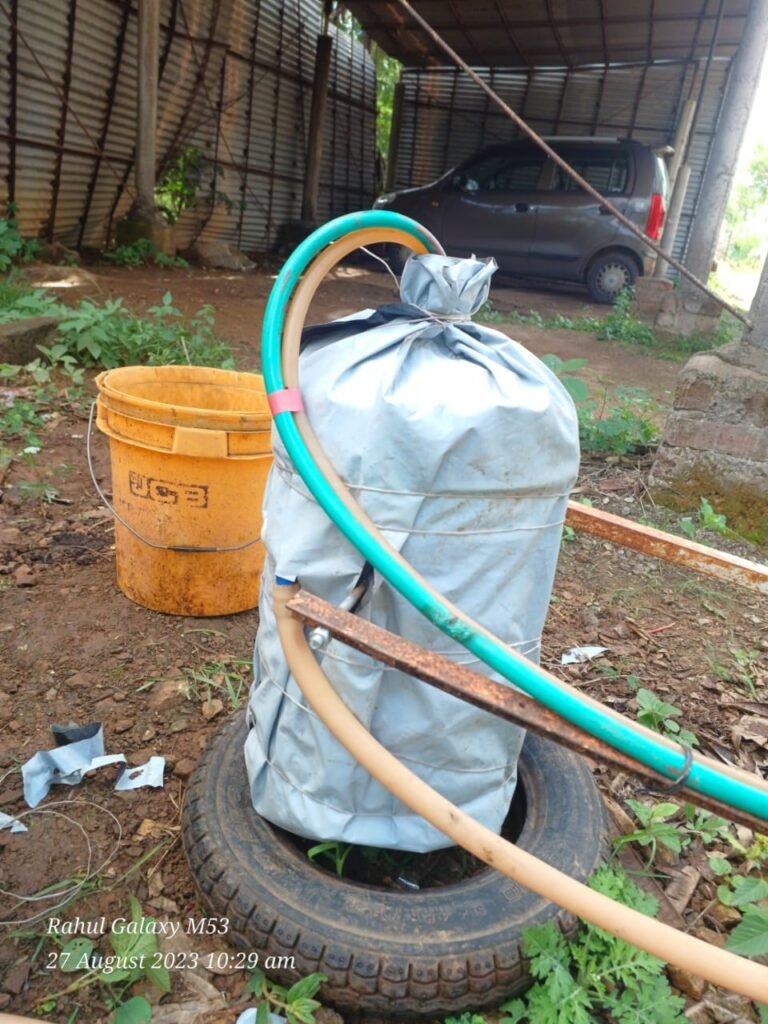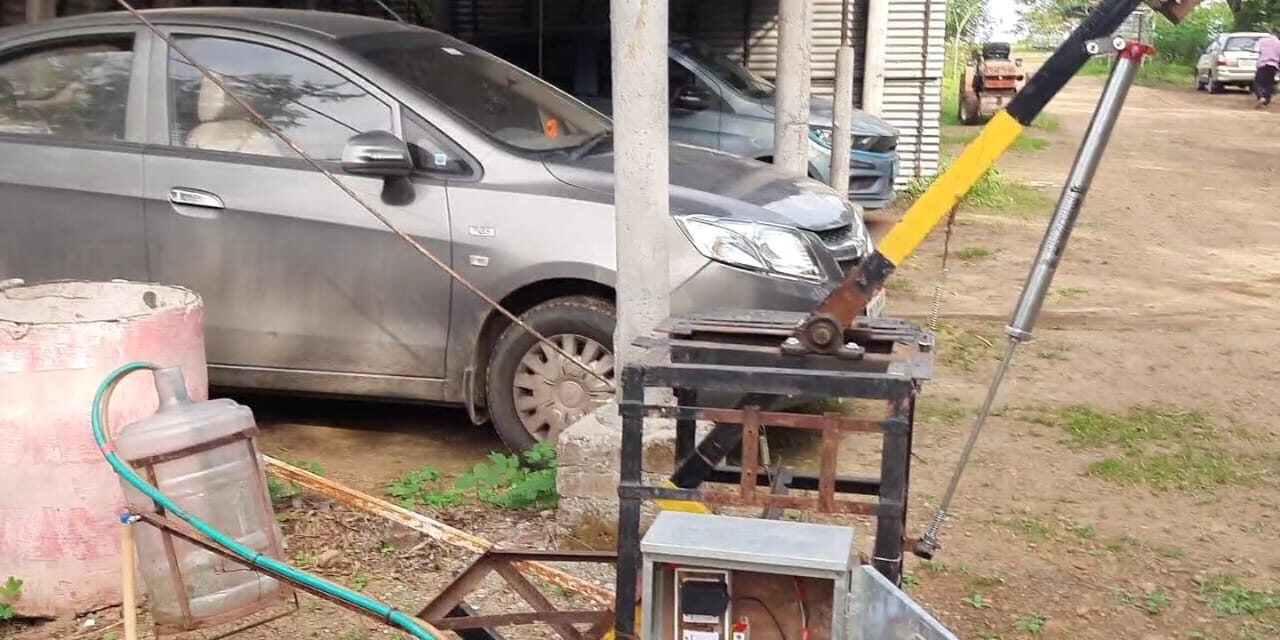The project has three main objectives:
- The gate should open effortlessly when a button is switched on.
- The gate should open using the weight of the water inside a container. If the container reaches a certain weight, the gate will automatically open.
- The gate should produce a sound, like a buzzer while opening or closing. This is to ensure that the gate’s movement is noticeable and not abrupt, preventing any harm to anyone nearby.
DATE:25-28 JULY2023
After clarifying the project’s objectives, we discussed how to open the gate and which mechanism to use for it. During the meeting, several ideas were proposed.
The first idea involved using a gear and motor mechanism, but we realized it wouldn’t work without electricity on-site, so we abandoned it. Another idea was to use a water tank to lift the gate, which seemed promising. However, the challenge was ensuring smooth operation without shocks when opening and closing the gate.
To address this, we considered using springs to absorb shocks, but this had limitations. We then tried using magnets, but they didn’t work well due to the gate’s weight. Ultimately, we decided to use a combination of springs and a cycle air hand pump to act as a shock absorber.
For lifting and removing water, we initially used a single motor, but it took too long to open the gate. To improve this, we employed two motors. To remove the water, we used a siphon mechanism, which utilized gravity and the same pipe as both the inlet and outlet.
To prevent overflowing the top-level tank, we installed an overflow pipe in the middle of the tank. This ensured that excess water would flow out and not disrupt the system.
To add a safety feature, we discussed using a buzzer to indicate when the gate is closing. We consulted with Mahesar, Dixit, and Ghansam Dada, and we decided to use a fresh-to-off button switch for this purpose.
This system was designed to work seamlessly to control the gate, lift and remove water, and provide safety alerts.



WORKING:
- Opening the Gate:
- To open the gate, turn on the motor switch.
- The motor pulls water from the lower tank and sends it to the top tank.
- Controlling Water Flow:
- If you want the gate to be open for a few minutes, just turn on the gate switch. No need to turn it off and on.
- Extra water flows out through an overflow pipe from the top tank.
- Closing the Gate:
- To close the gate, turn off the motor switch.
- Water in the top tank goes down using gravity and a siphon, which is a way water moves from top to bottom.
- Alarm System:
- An alarm stays on while the gate is opening or closing.
- The alarm turns off only when the gate is fully closed.
When using a hand pump, we can reduce the impact of the pump handle by adjusting a valve. If we regulate the release of air in the hand pump valve, it will work like an impact that will soften the motion
now the gate will operate smoothly.

After using the gate for about 20 to 30 days, we discovered a problem: algae were growing inside the tank. Dixit Sir had mentioned this issue on the first day, but I had forgotten about it. Sometime later, we noticed that the algae had indeed started to grow inside the tank. To address this, we had to clean the tank and cover the top-level tanks with Polyethylene to prevent sunlight from entering and encouraging algae growth.
To stop algae from growing in the top tank’s water, you’re using plastic to cover it and keep it away from sunlight. Algae need sunlight to grow, so by blocking the light, you’re preventing them from growing.

In this project, we have successfully completed all the objectives, and the navigators have performed as expected.





